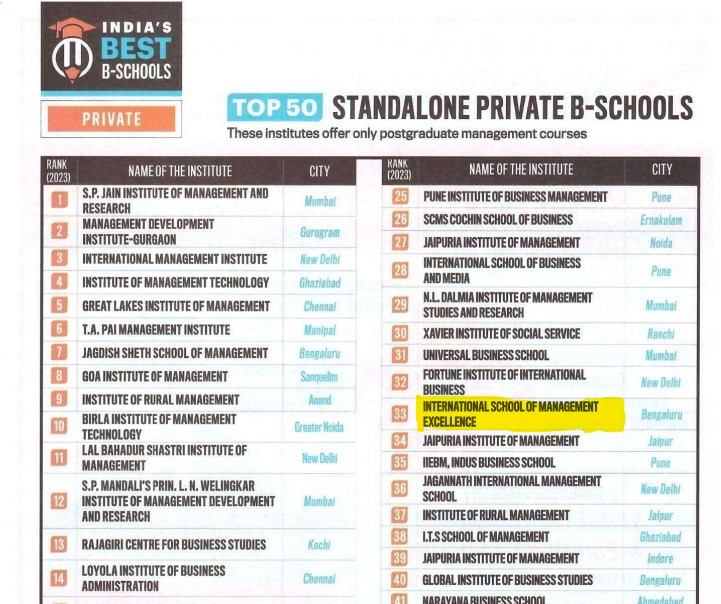19th April 2025
The “Ghibli Effect” has recently emerged as a powerful trend across social media, digital art, and fashion, drawing inspiration from the enchanting world of Studio Ghibli. In March 2025, the digital landscape witnessed a surge in AI-generated imagery where Artists, influencers, and environmentalists alike have embraced this whimsical aesthetic, using it as a source of creative expression. In recent days, Studio Ghibli-style edits have taken the internet by storm. With the release of OpenAI’s latest native image generator, people around the globe are now transforming snapshots of everyday life into stunning Ghibli-inspired artwork. This wave of creativity has sparked a global “Ghibli art fest” online, blending nostalgia with innovation. The movement has not only fueled artistic imagination but also reignited appreciation for nature, simplicity, and storytelling.
A Dive into Studio Ghibli origin
Studio Ghibli is a renowned and award-winning Japanese animation studio based in Koganei, Tokyo. Founded in 1985 by animators and directors Miyazaki Hayao and Takahata Isao, along with producer Suzuki Toshio, the studio is celebrated globally for its high-quality, hand-drawn animated feature films.
In recent times, Ghibli-inspired visuals have gained significant momentum across the internet. This surge was largely driven by the release of OpenAI’s newest image-generation tool, which has amazed users with its ability to recreate the signature Ghibli aesthetic with remarkable precision.
While the model was initially designed to produce highly accurate and stylized visuals, it quickly gained attention for its unexpected talent in replicating the legendary art style of Hayao Miyazaki. Just hours after OpenAI’s update went live, users began testing its capabilities by feeding it prompts—only to discover that the AI excelled at generating Studio Ghibli-style artwork.
What began as casual experimentation soon evolved into a viral trend, as people worldwide shared their AI-generated creations online, contributing to a growing wave of digital art.

Source: https://www.businesstoday.in/ Mar 28, 2025, 11:08 AM IST

Source: https://thelivenagpur.com/2025/03/31/create-your-own-ghibli-style-art-heres-how-to-try-the-viral-trend/ March 31, 2025
The Ghibli Effect goes Viral
Several reasons contribute to the fact that the Ghibli effect became a trend and caught attention in no time.
1. The Launch of Advanced AI Tools
The release of OpenAI’s latest native image generator played a pivotal role. This powerful tool allowed users to effortlessly transform photos and prompts into visuals that mimicked the iconic hand-drawn, dreamy aesthetic of Studio Ghibli. Its surprisingly accurate replication of Hayao Miyazaki’s art style sparked excitement and curiosity among digital artists, casual users, and Ghibli fans alike.
2. Nostalgia and Emotional Connection
Studio Ghibli films have a deeply nostalgic and emotional pull.
With themes of childhood wonder, nature, and fantasy, many people feel a personal connection to the studio’s stories and visuals. When AI suddenly made it possible to “Ghiblify” everyday scenes—turning a simple kitchen, a street corner, or a selfie into something magical—it struck a powerful chord of sentimentality and inspiration.
3. Viral Social Media Sharing
Once a few Ghibli-style AI artworks were shared online, the trend spread like wildfire.
Platforms like Twitter (X), Instagram, Whatsapp Status saw an explosion of user-generated content showcasing Ghibli edits. Hashtags like #GhibliEffect and #AIArt began trending, fueling a cycle where more people wanted to join the fun and share their own creations.
4. Accessibility and Ease of Use
The image generator was simple enough for non-artists to use.
Previously, recreating the Ghibli look required serious artistic skill. Now, with a few words and clicks, anyone could produce beautiful, Ghibli-style art—making the trend highly inclusive and approachable for a broader audience.
5. Aesthetic Alignment with Current Visual Trends
The Ghibli aesthetic aligns perfectly with today’s visual culture.
Soft lighting, nature-inspired themes, cozy atmospheres, and emotional storytelling are already dominant trends in digital art and lifestyle content. Studio Ghibli’s timeless look fits naturally within this framework, making it instantly appealing to Gen Z and Millennial audiences who gravitate toward warmth, nostalgia, and escapism in visuals.
Road Ahead for AI Generated Ghibli Art
Though the Ghibli Art gained popularity in a short span of time, it has also opened gateways for controversies.
1. Loss of Creative Jobs
There is growing concern that AI could displace human artists.
As AI tools become more powerful and accessible, companies might opt for AI-generated content over hiring illustrators, designers, or animators. This could reduce opportunities for creatives who rely on commissions and freelance work, threatening the livelihood of many in the art industry.
2. Copyright and Artistic Ownership
AI models are often trained on large datasets that include copyrighted works without permission.
This raises serious questions about intellectual property. When an AI generates artwork that closely mimics the style of a known artist (like Studio Ghibli), it blurs the line between homage and theft. Original artists may feel their work is being exploited without credit or compensation.
3. Dilution of Artistic Integrity
AI can mimic styles, but it lacks the human touch, emotion, and intention behind the work.
Critics argue that using AI to generate “art” reduces the value of the creative process. When a machine produces aesthetics instantly, it challenges our understanding of what makes art meaningful or original.
These ethical concerns highlight the need for thoughtful regulation, transparency, and dialogue as AI continues to shape the future of art.
Questions:
- Comment on the future of creativity and the role of technology in artistic expression.
- How safe is creativity and artwork in an era where machines can mimic the nuances of human expression?



